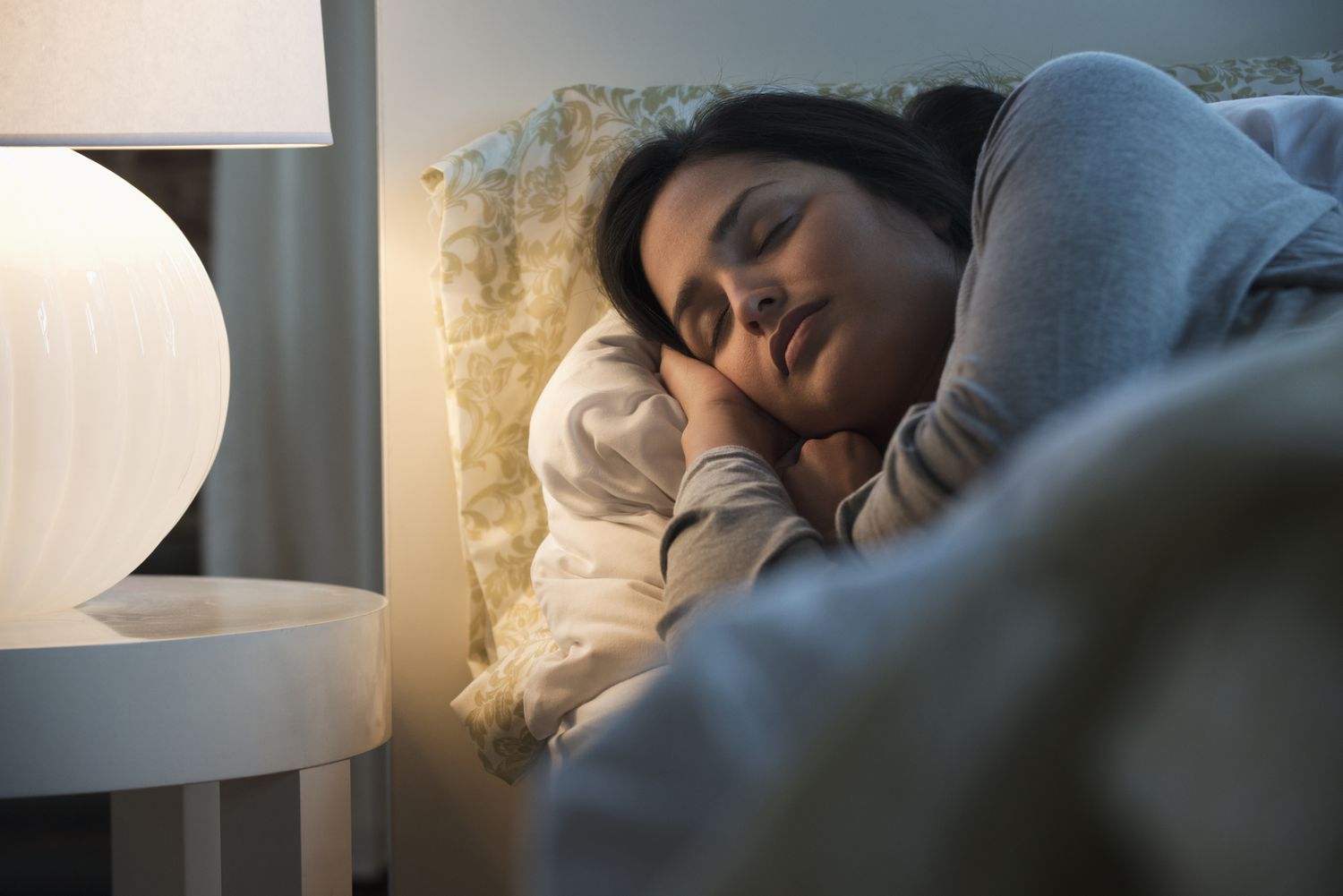Explaining Pink, Brown, and White Noise: A Comprehensive Guide to Sleep Sounds

The wellness space has seen a surge in interest in sleep sounds as more people realise their importance in improving overall wellbeing. There's an ongoing debate about optimal factors for superior sleep, including hours, sleep types, and appropriate sleeping environment. Sleep sounds, defined as the frequency of vibrations per second, aren't as commonly understood, yet they play a significant role in enhancing sleep quality.
Family medicine specialist and American Academy of Sleep Medicine (AASM) spokesperson, Raj Bhui, MD, explains frequency as the rate of vibrations, like a singer's vocal cords, or cycles taking place each second. The ordinary human ear can detect frequencies ranging from 20–20,000 Hz (vibrations per second). He cited examples of soprano and baritone singers producing high and low frequencies respectively, and how individual frequencies differ in intensity distribution.
Dr. Bhui noted limited data indicating that different sounds or music might aid diverse groups in relaxation, concentration, or sleep. However, he encouraged further evidence-based research to verify sleep noises' advantages as sleep aids.
Most existing research revolves around white noise. Essentially, white noise can prove beneficial in noisy places like cities, even though it might lead to interrupted sleep for some. Elizabeth Devon Smith, PhD, a psychologist specializing in pulmonary, critical care, and sleep medicine at National Jewish Health, emphasised consciousness about the potential disadvantages of concealing critical noises you need to hear.
Beyond potentially aiding sleep, white noise could also alleviate attention deficit hyperactivity disorder (ADHD) symptoms in children. Dr. Bhui pointed out that conditions like tinnitus and hyperacusis might respond well to white noise.
Dr. Smith identified white noise's potential role in sleep improvement by masking other disruptive sounds, as our auditory system remains partially active during sleep. Another theory postulates that repeated use of sleep sounds could condition our brains to associate it with sleep.
Despite suggesting sleep sounds as a non-invasive, safe, non-pharmacological intervention, Dr. Bhui advised against perceiving it as a "natural" remedy for sleep, considering its electronic source.
Individuals considering adding sleep sounds to their bedtime routine should maintain realistic expectations, as it’s not a universal solution, cautioned Dr. Smith.
Protecting your ears while exploring sleep noise options is crucial, said Dr. Bhui. As hearing loss ties to mental and neurological disorders, it’s imperative to monitor the decibel (dB) levels one is exposed to, avoiding prolonged exposure to levels above 70–80 dB.
Dr. Smith encouraged choosing continuous noise, as unexpected changes in sound can disrupt sleep stages, deteriorating sleep quality. Introducing a sleep timer could be beneficial, especially during initial sleep stages.
As a clinical psychologist, Dr. Smith works with people who have a history of trouble falling or staying asleep and have tried sleep hygiene tips and tricks, such as controlling sound, lighting, temperature, and more.
“They are sometimes frustrated that these changes have not worked for them. However, research shows that, unfortunately, sleep hygiene alone is not an effective treatment for insomnia,” she said.
She recommends cognitive behavioral therapy for insomnia (CBT-I) for those who need more help.
“[It] involves much more than just changes to the sleep environment. That being said, sleep hygiene, including noise control, does have a place in general sleep health.”




